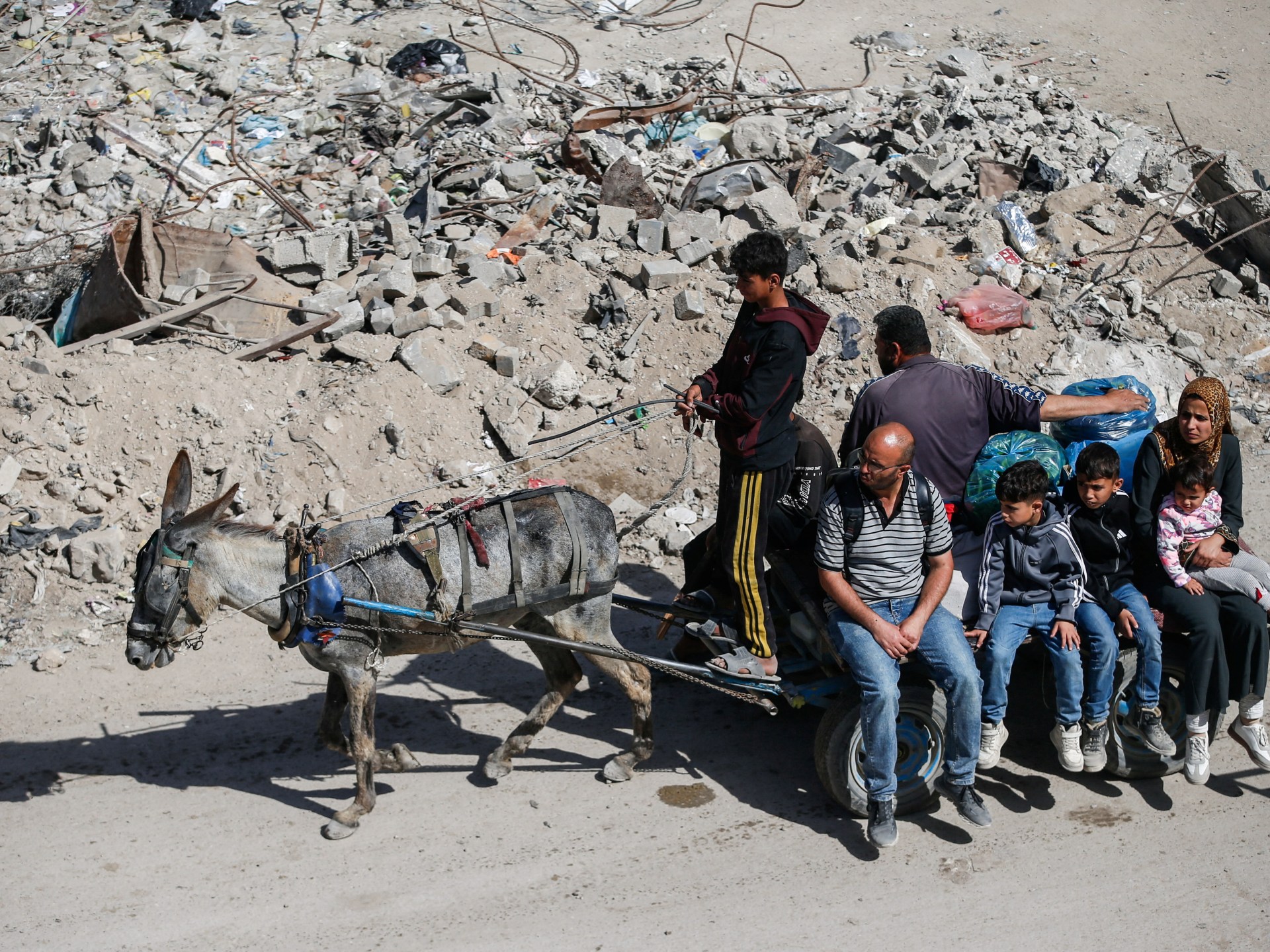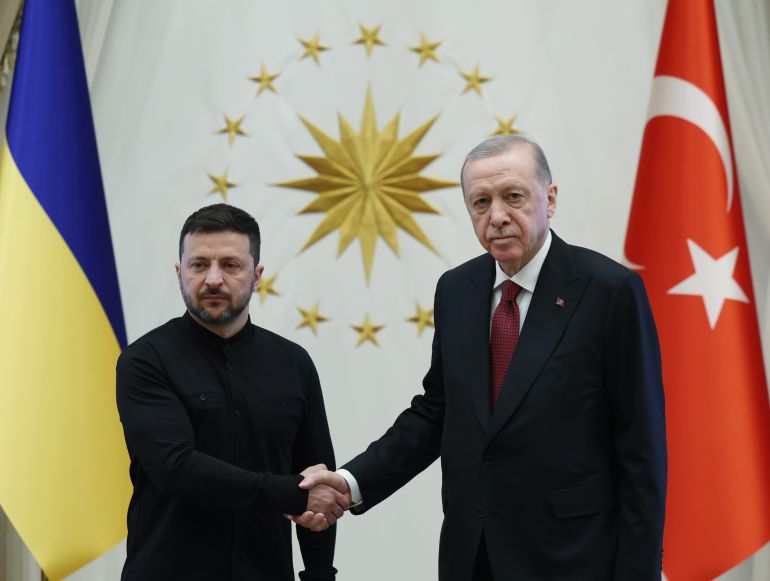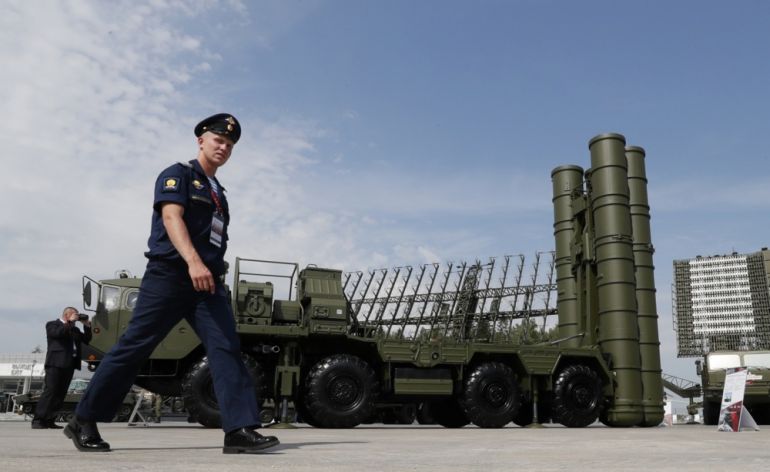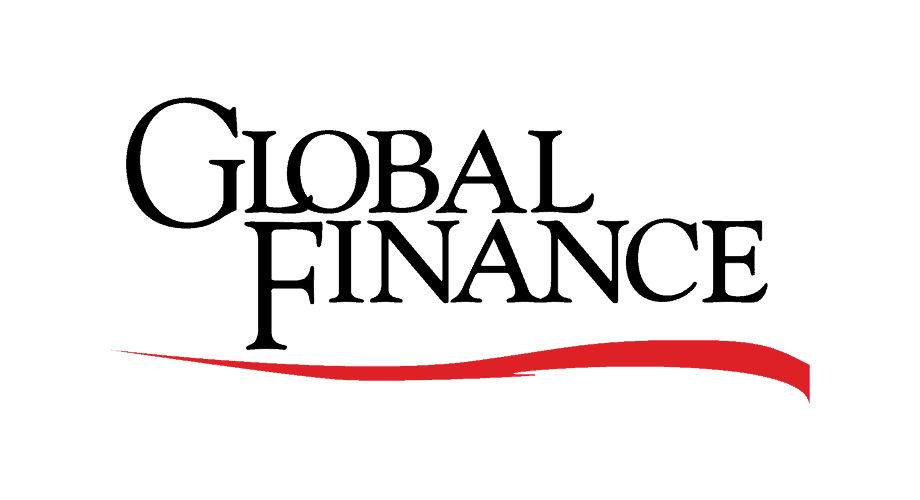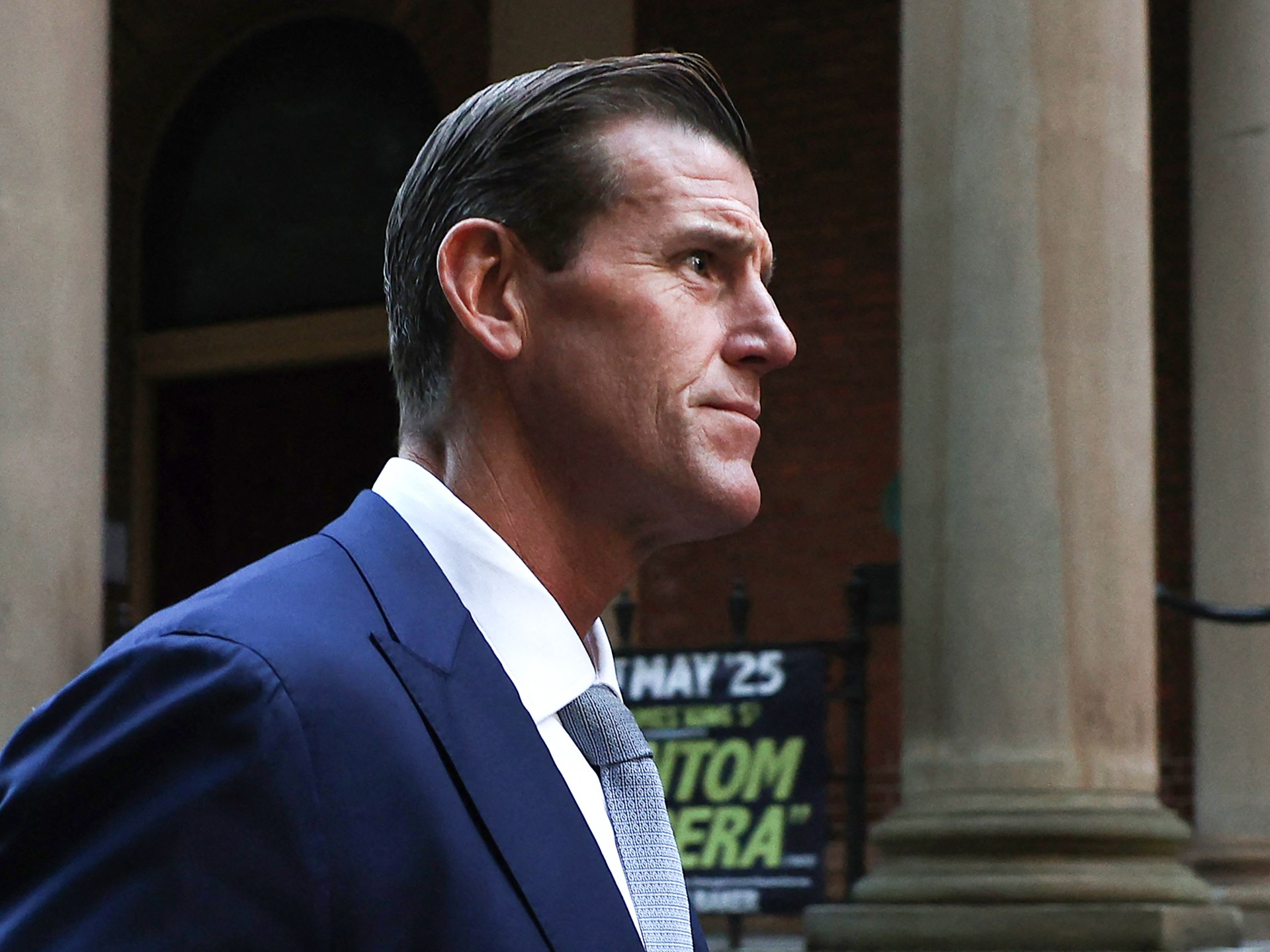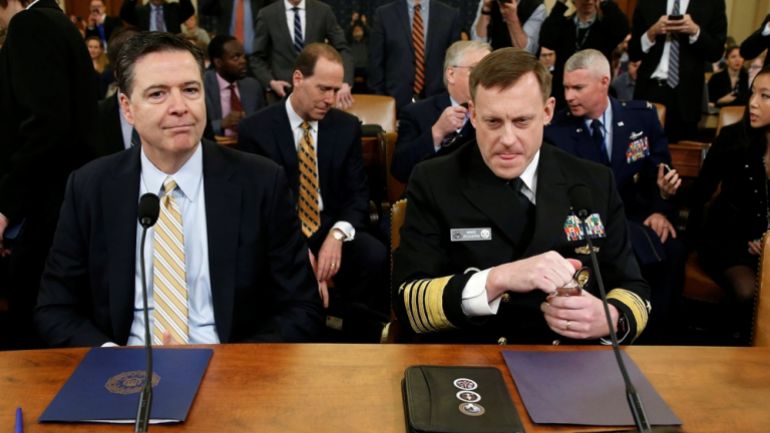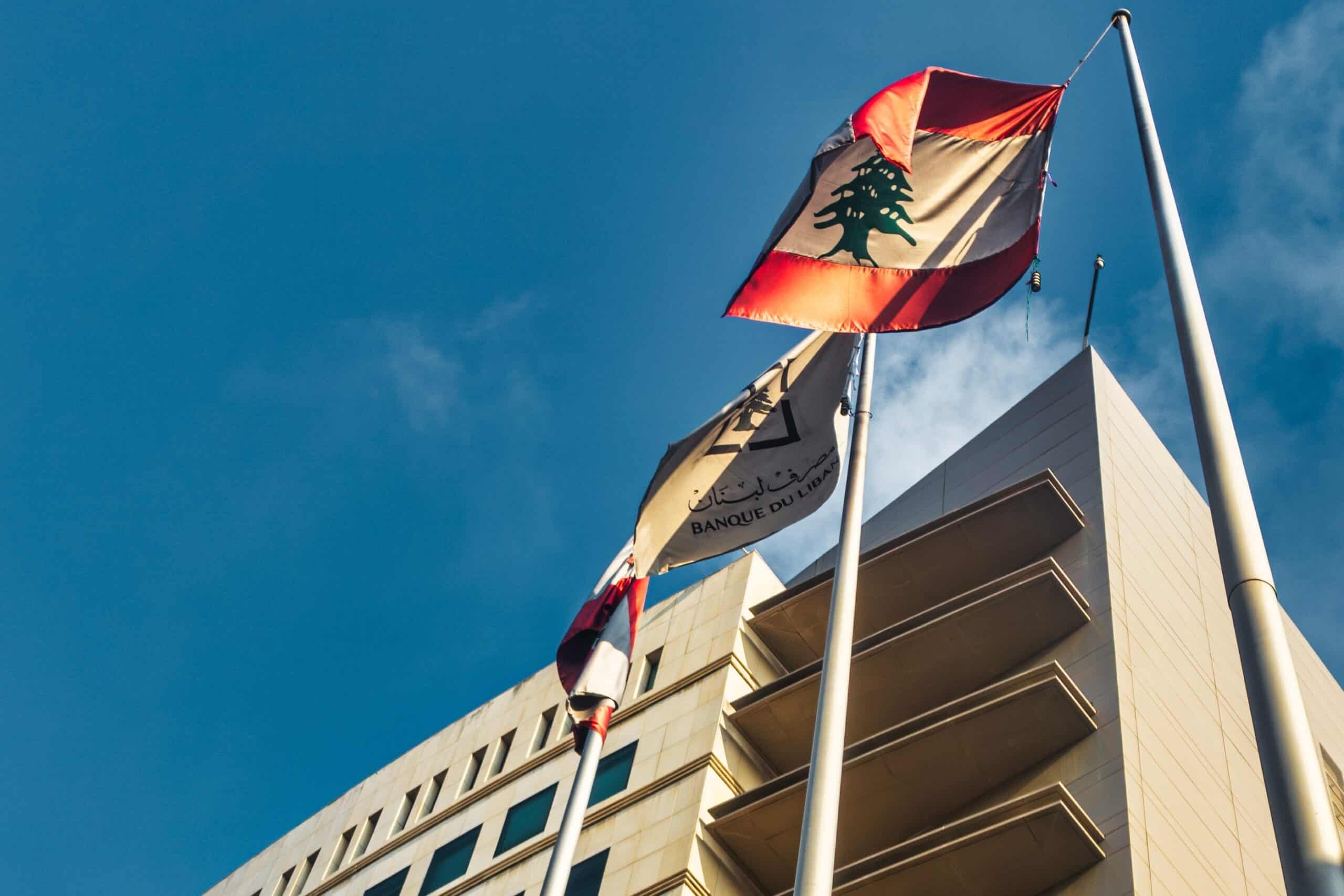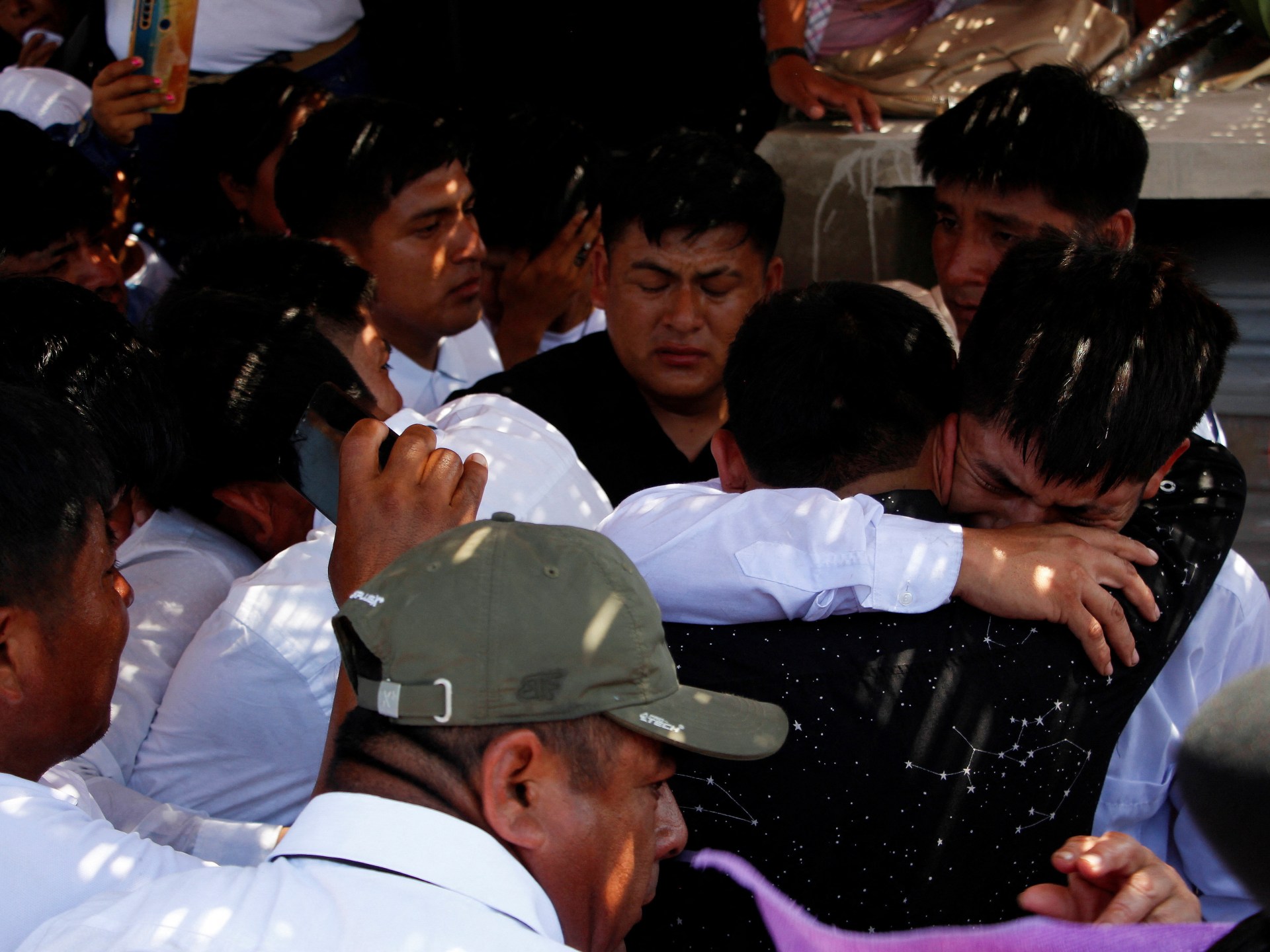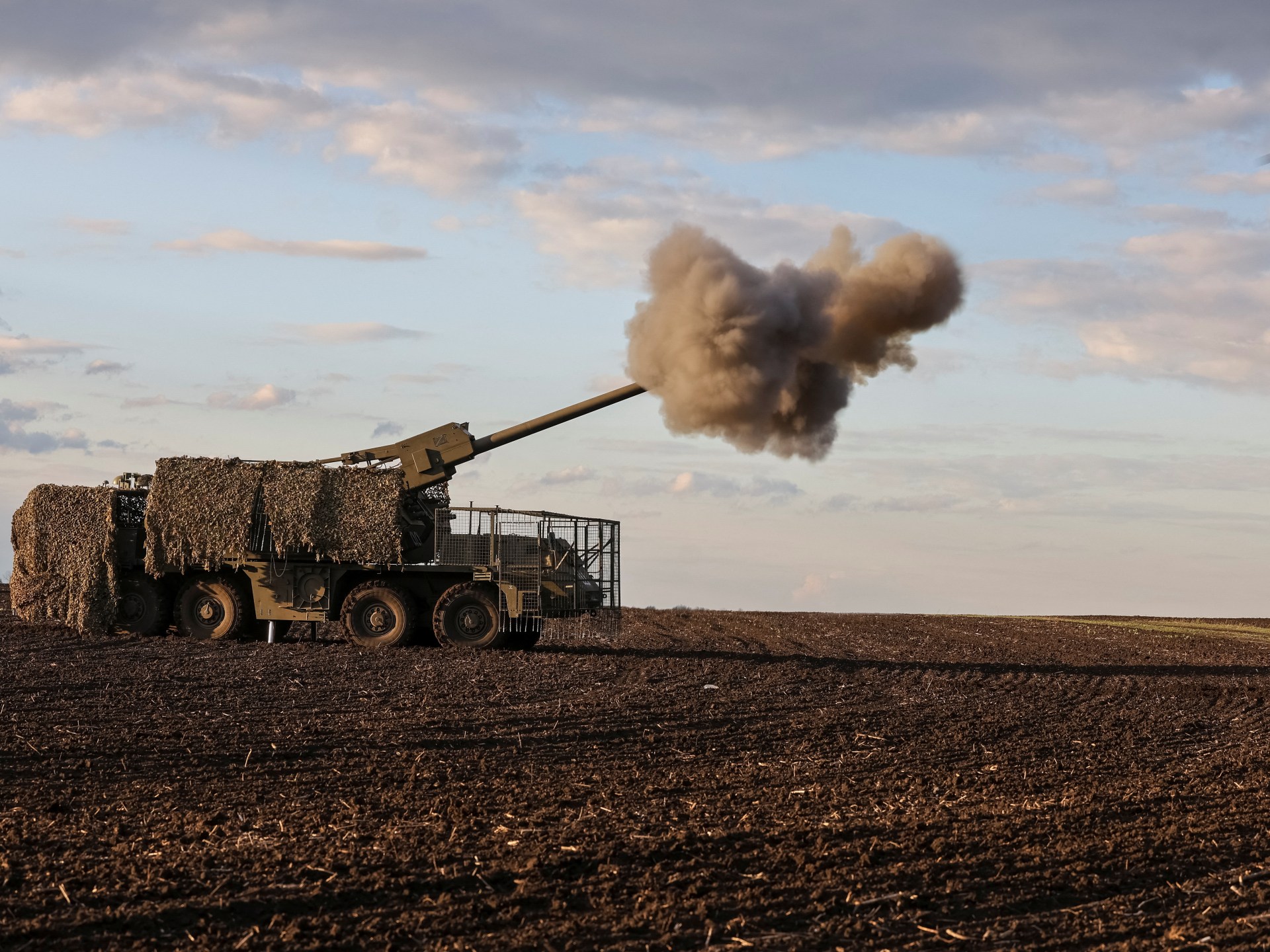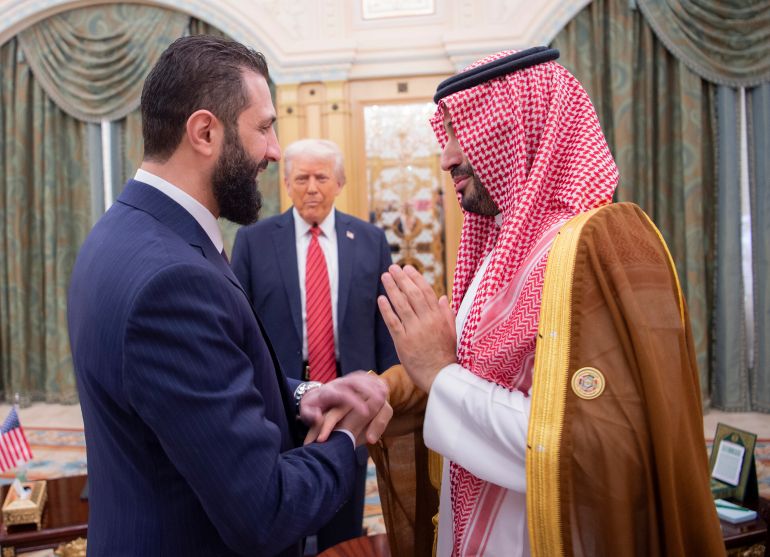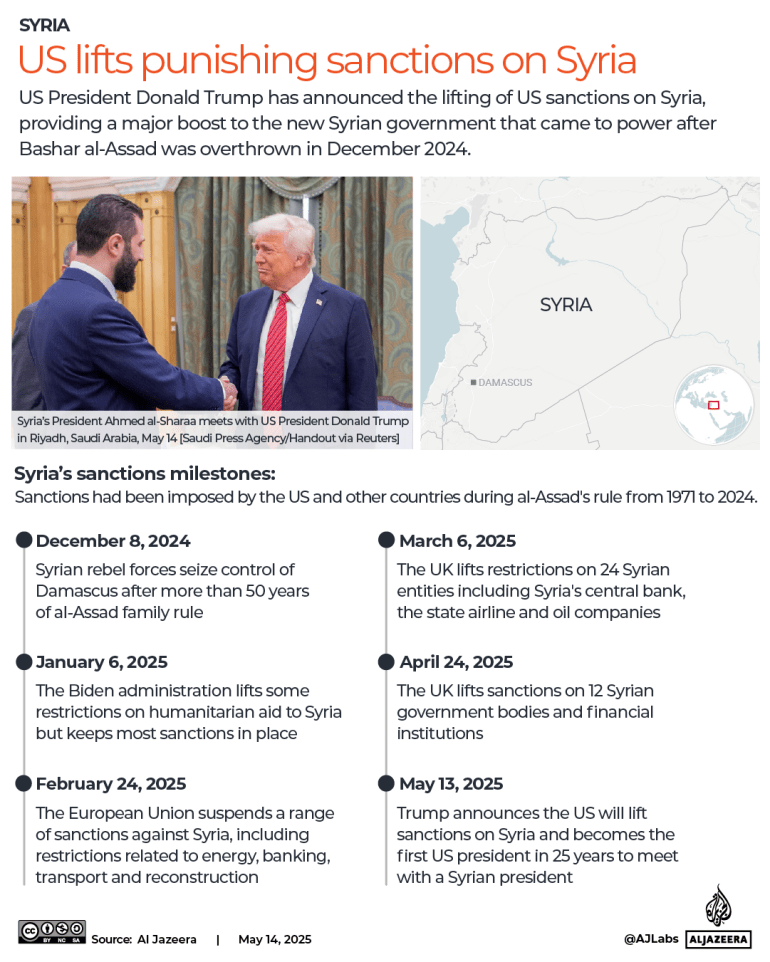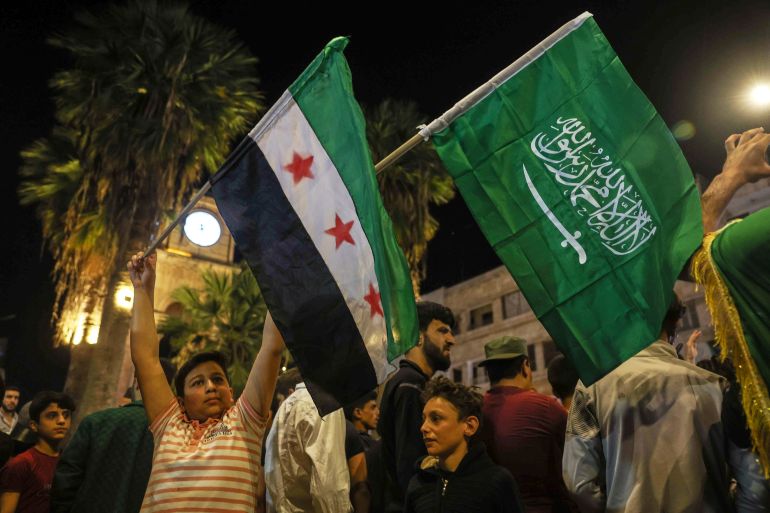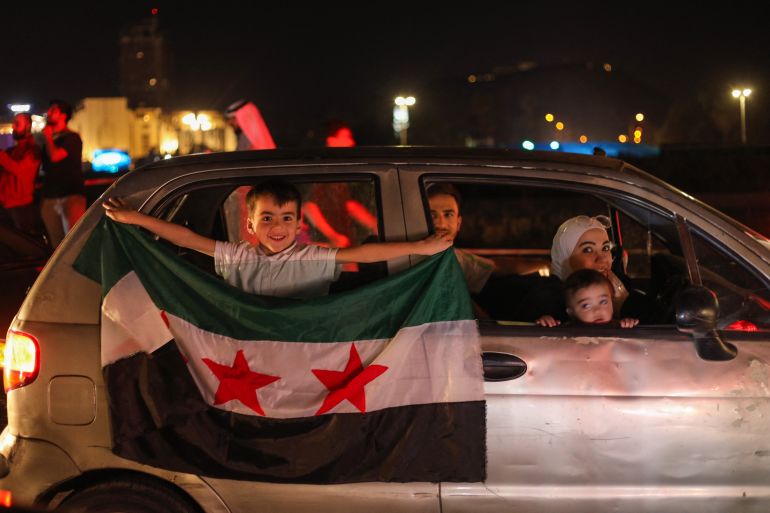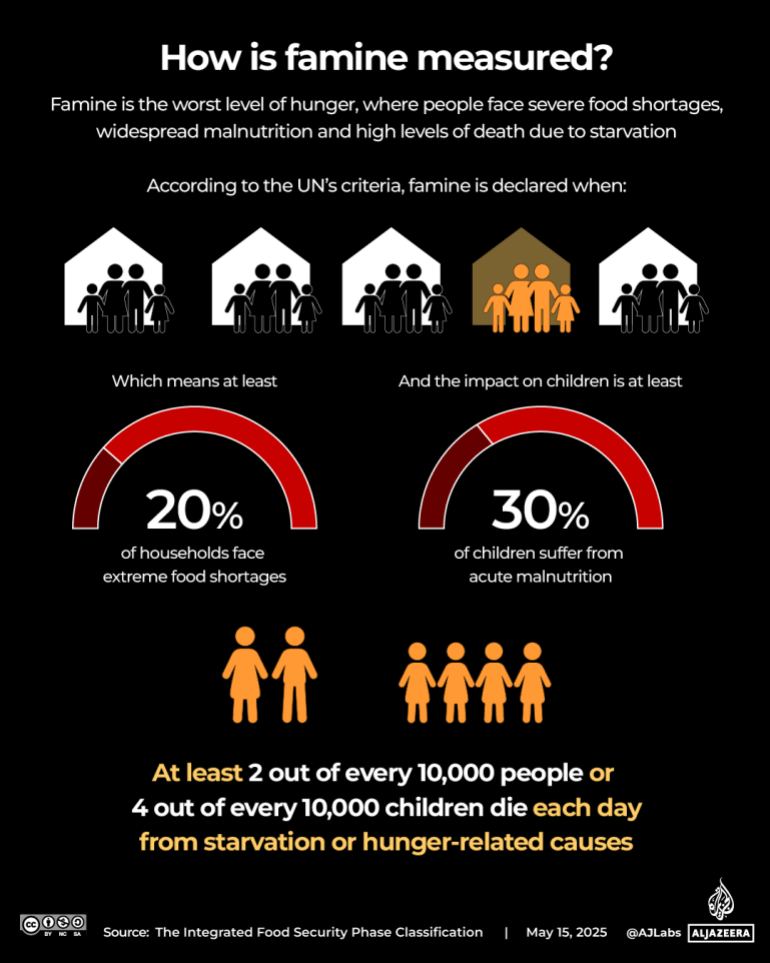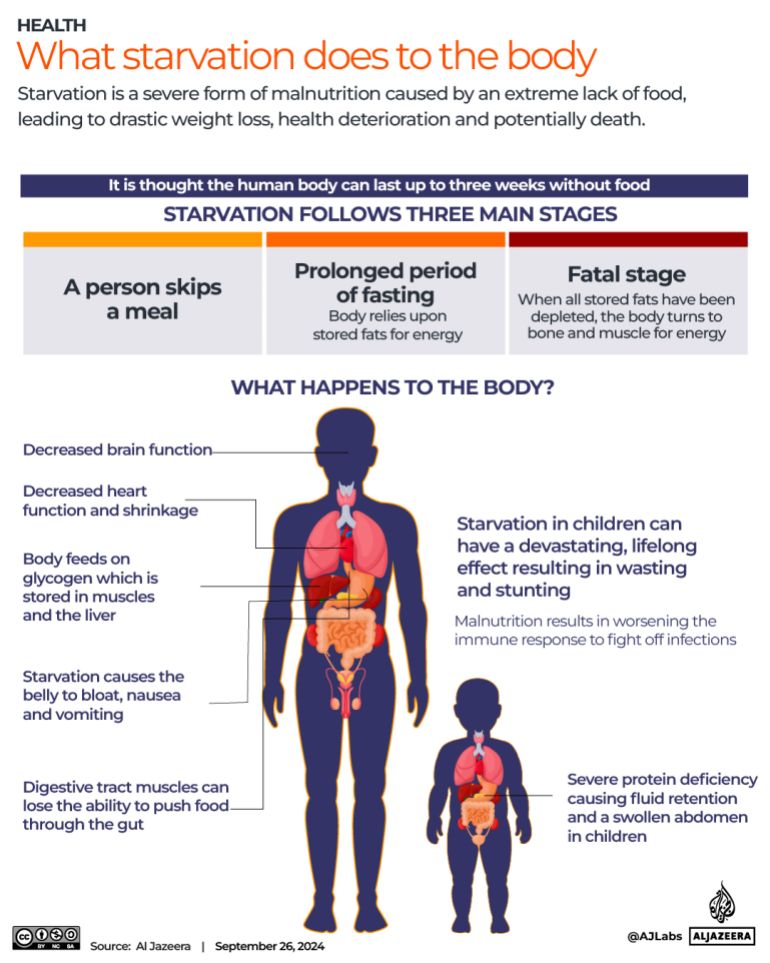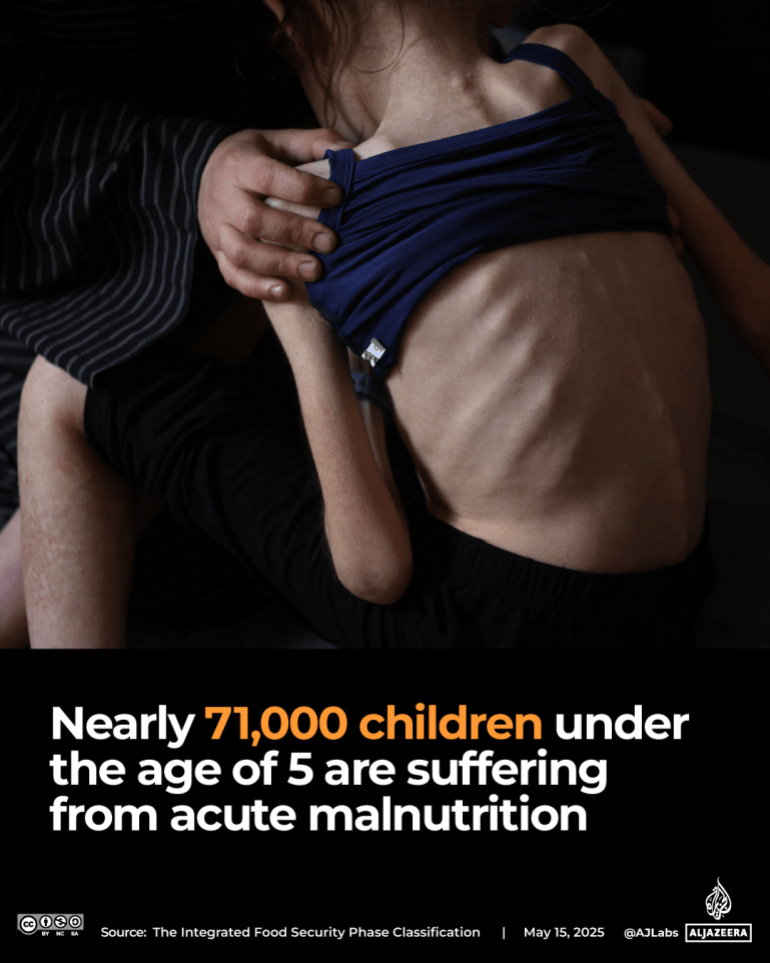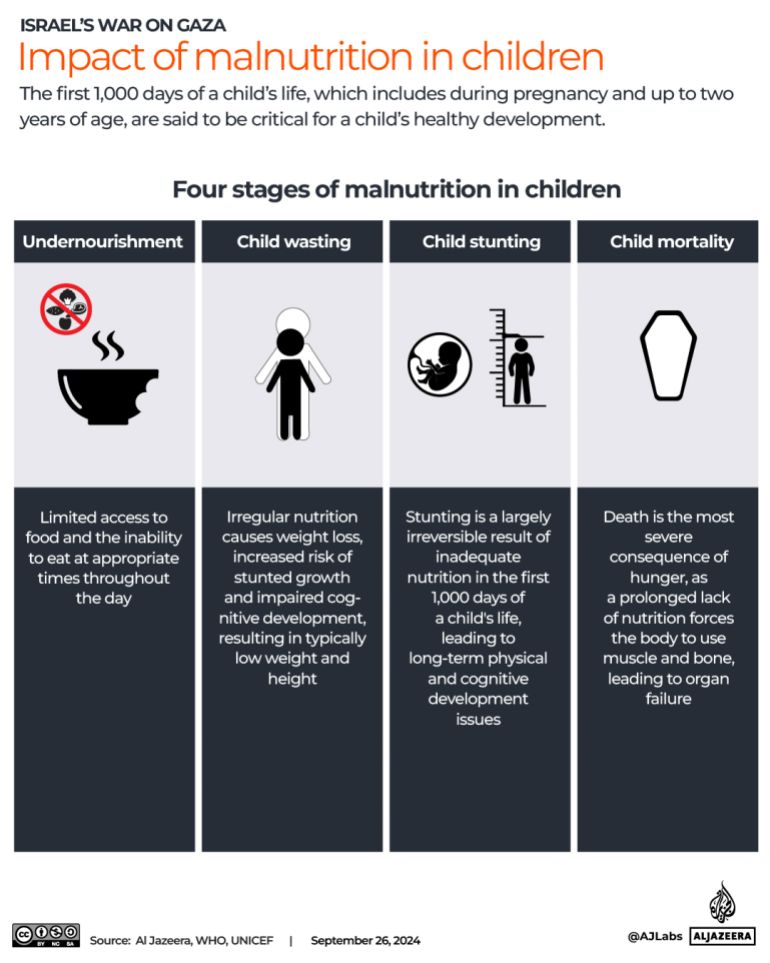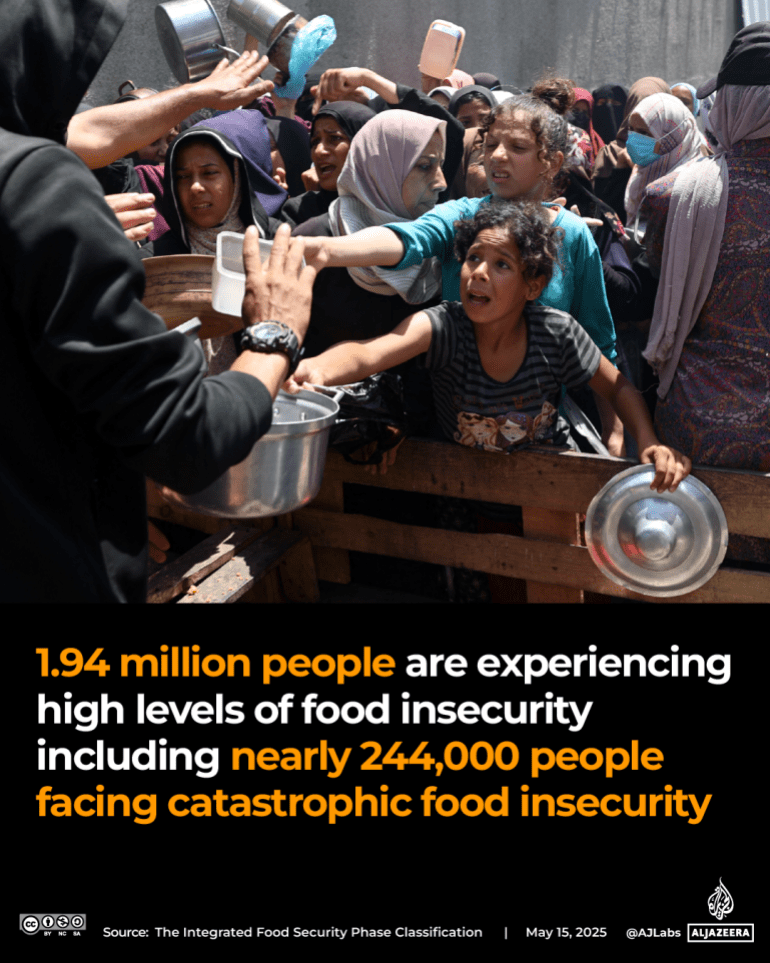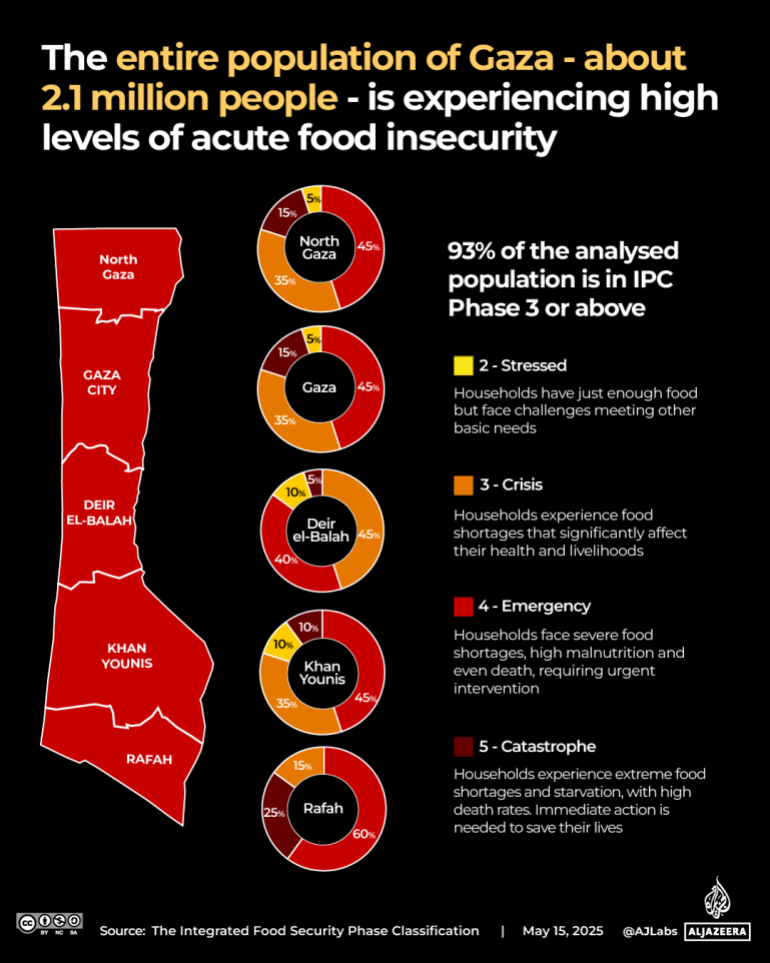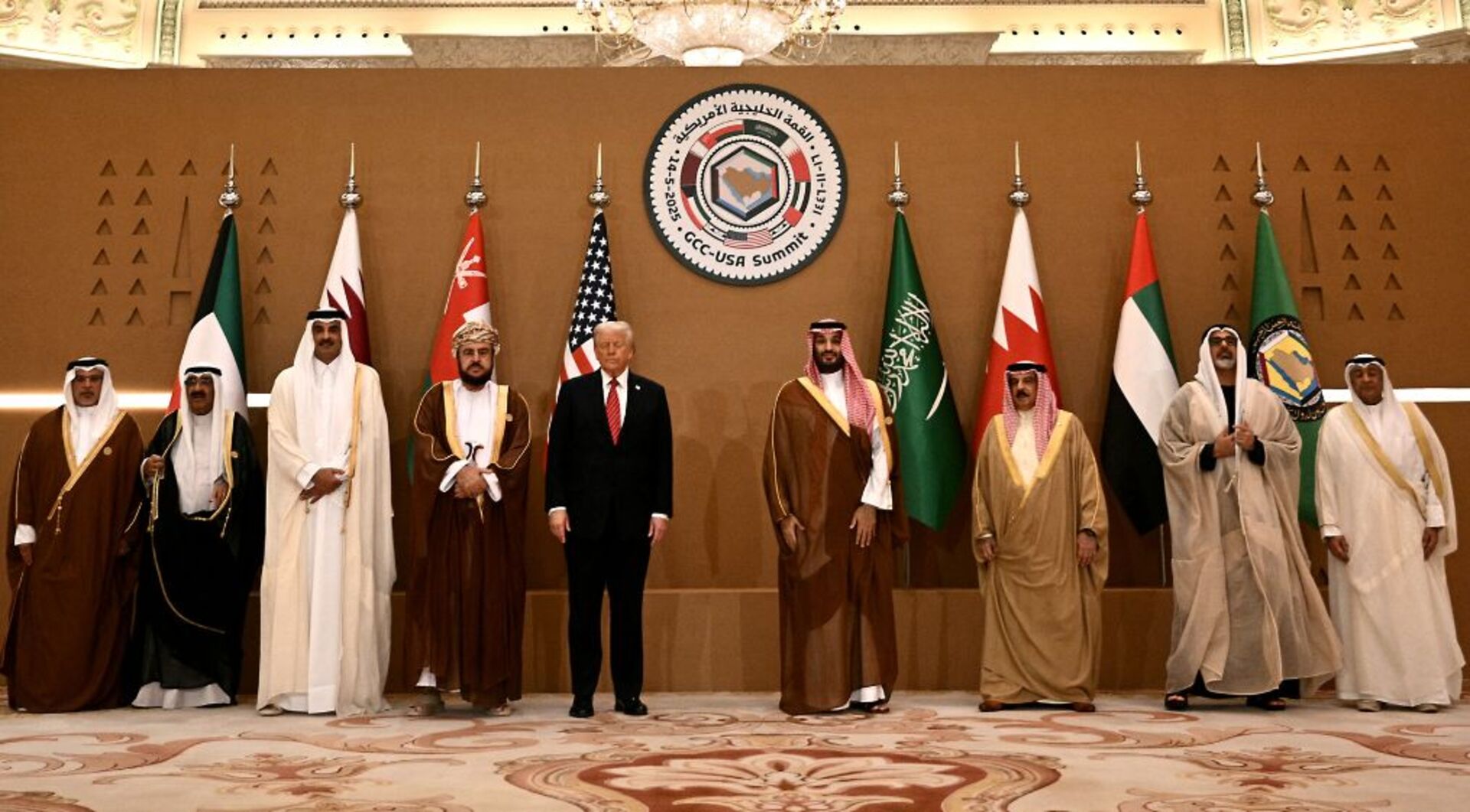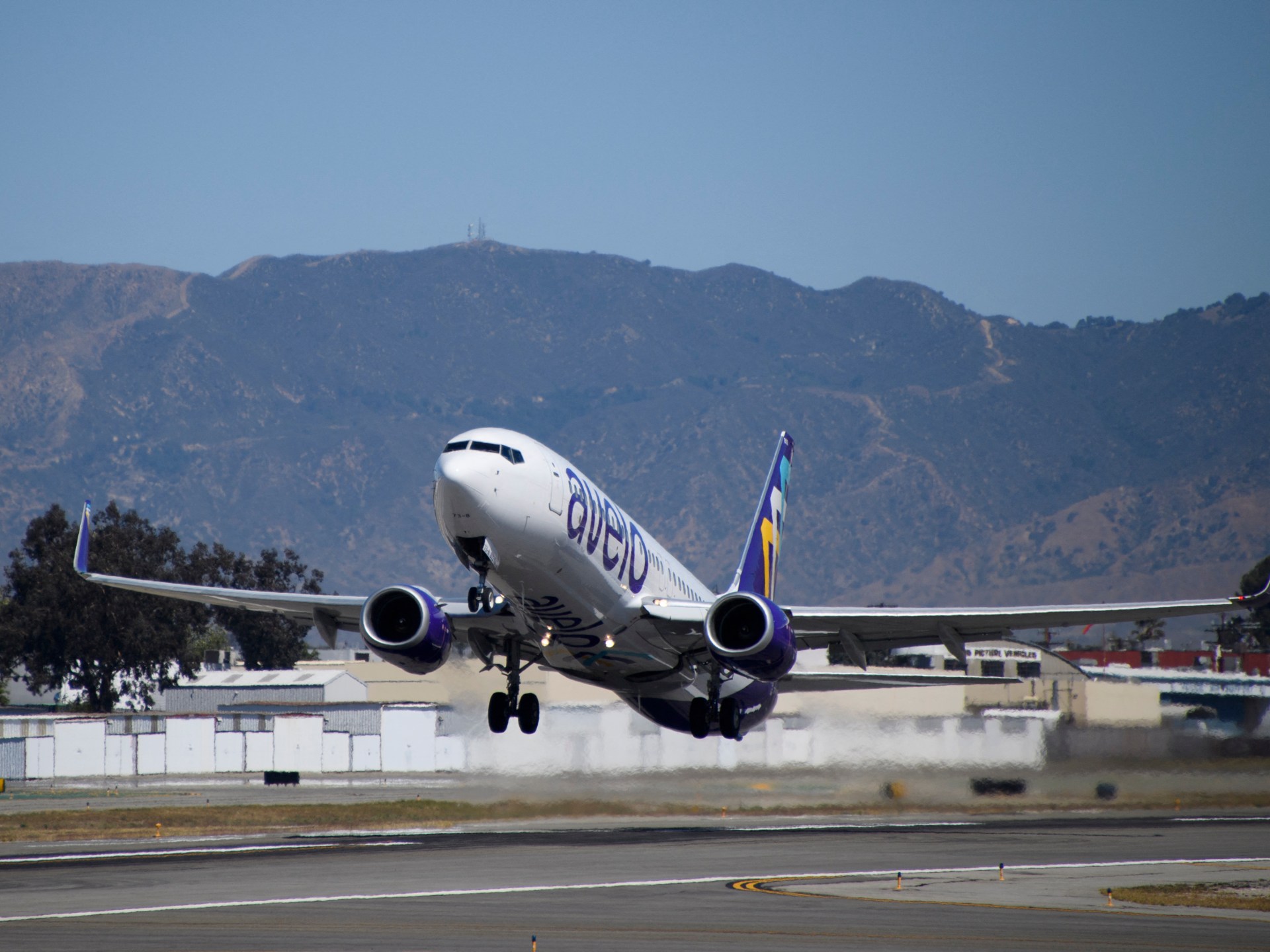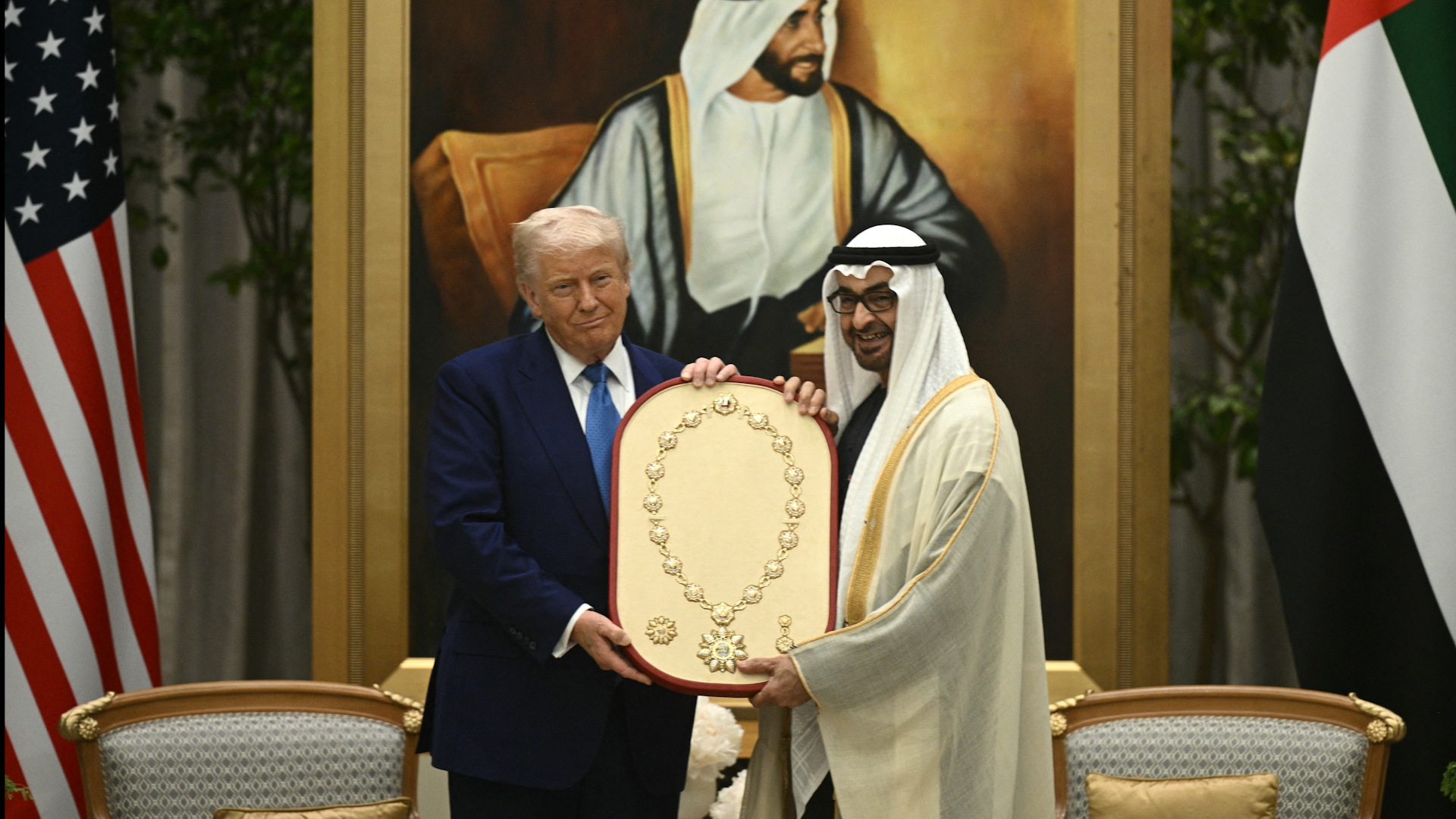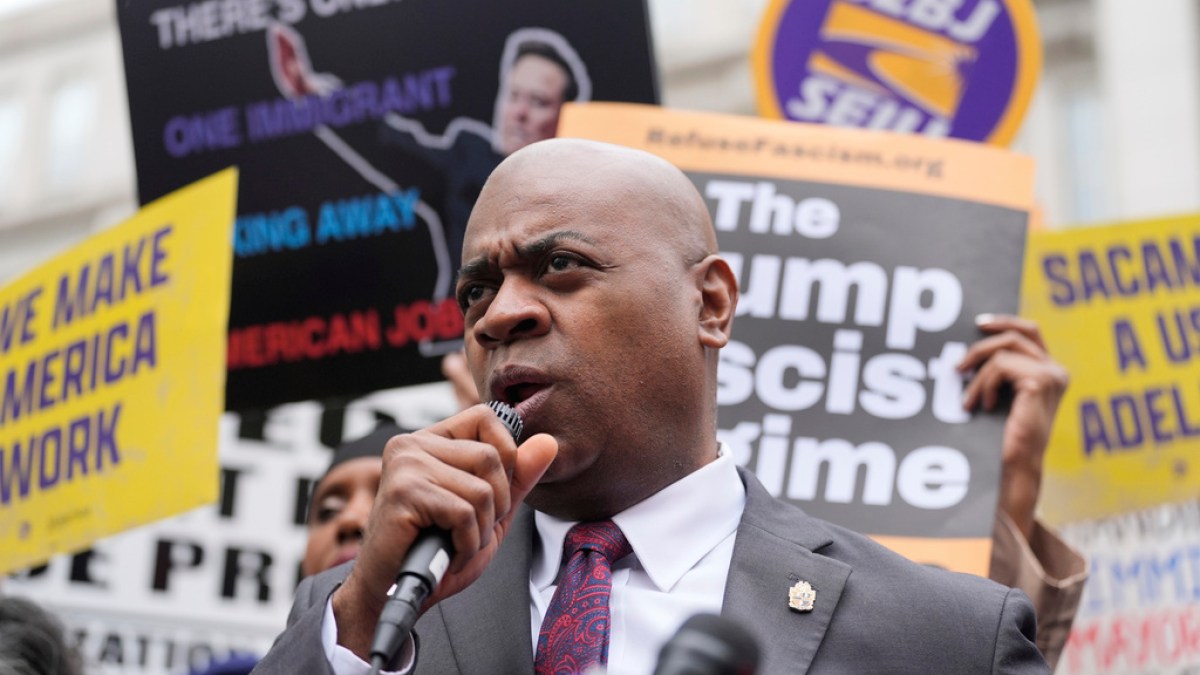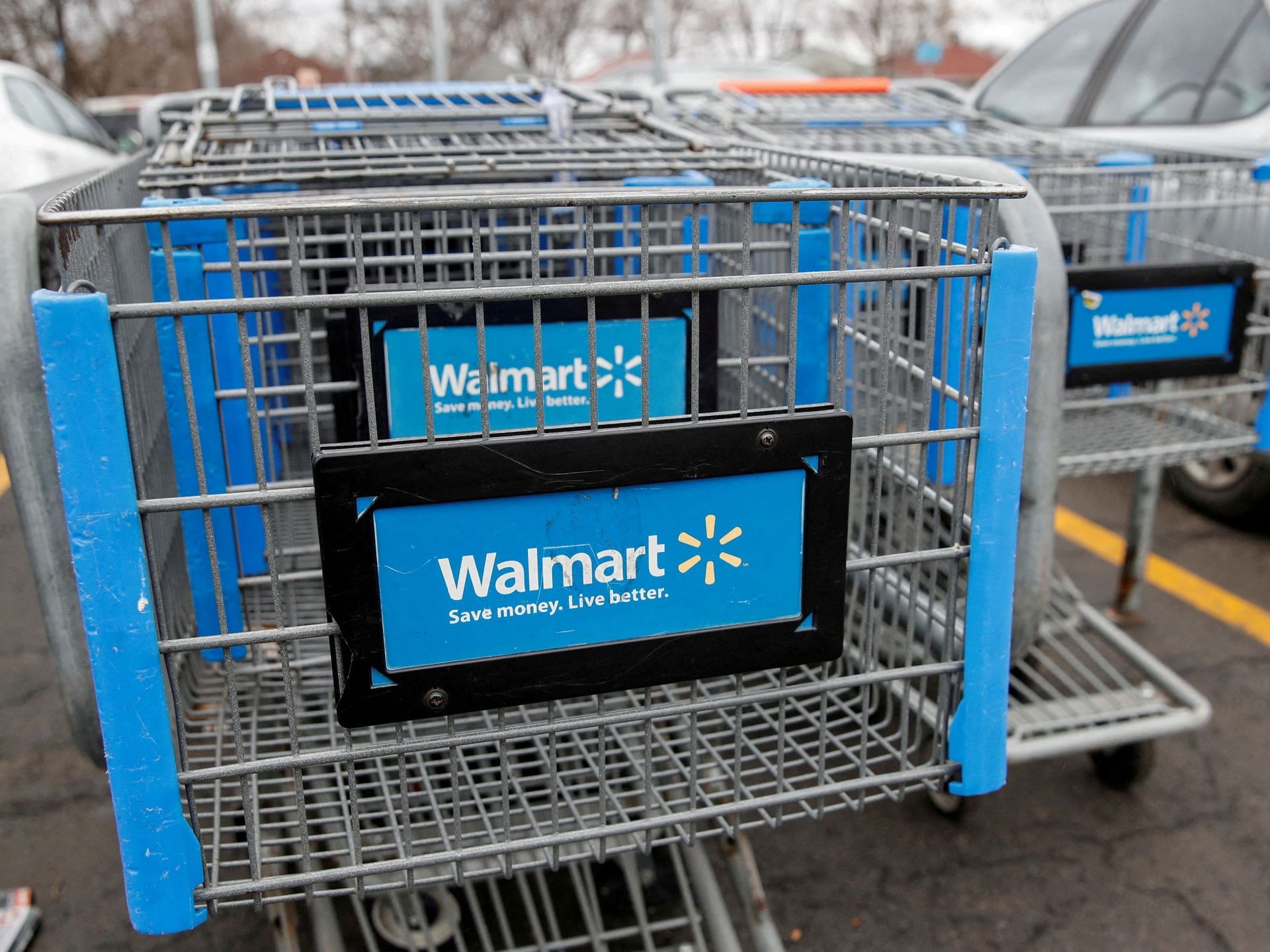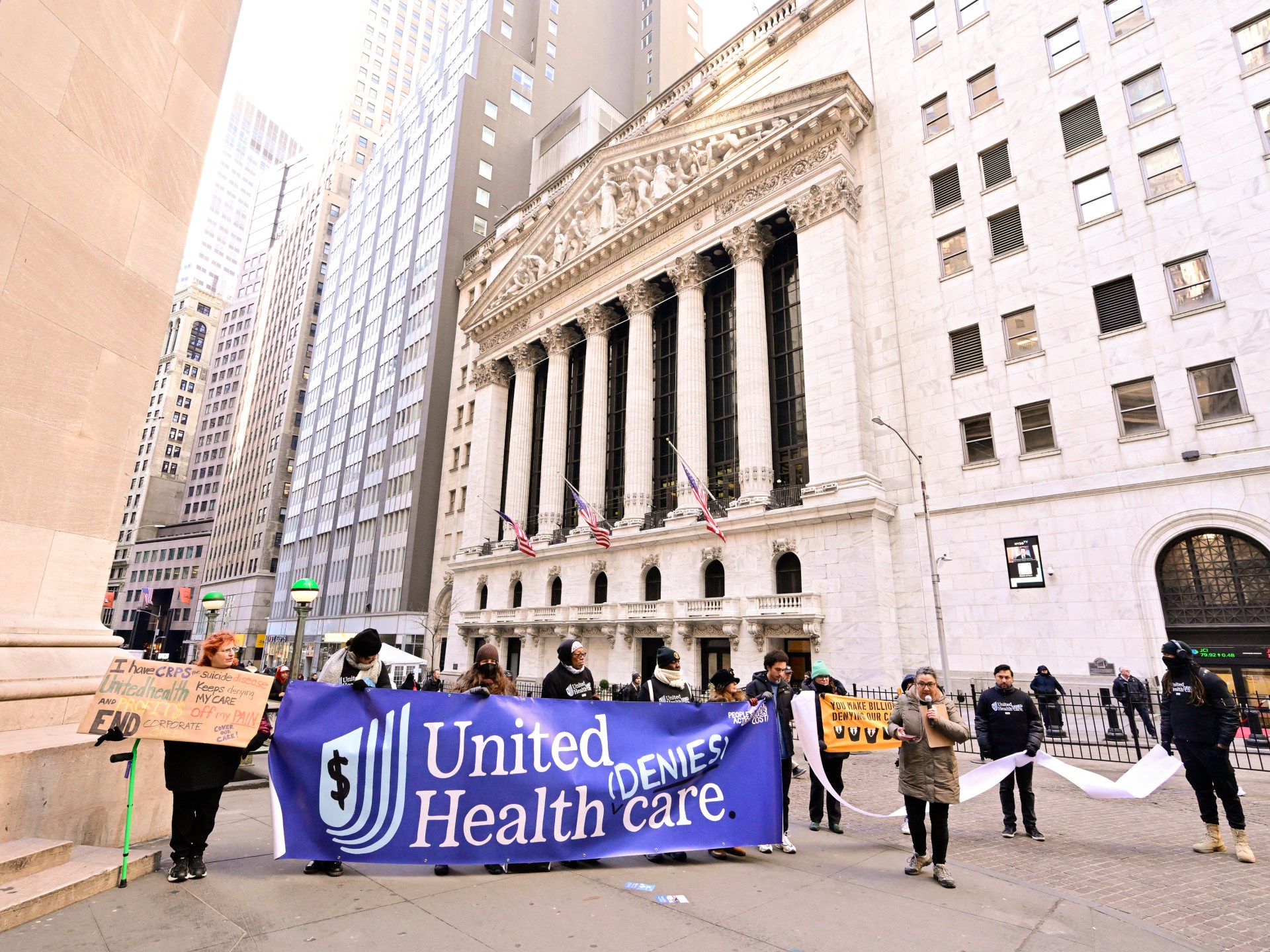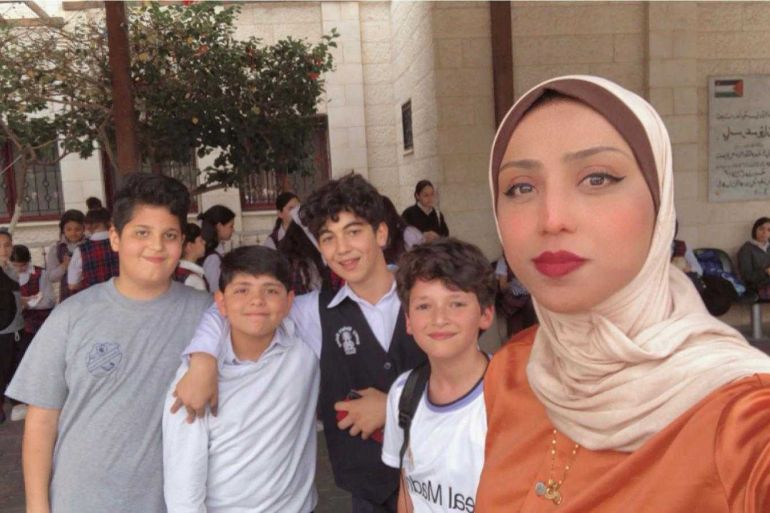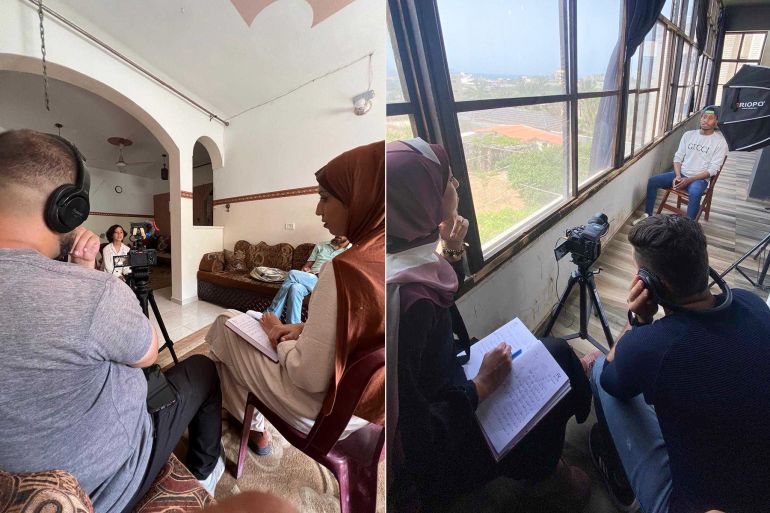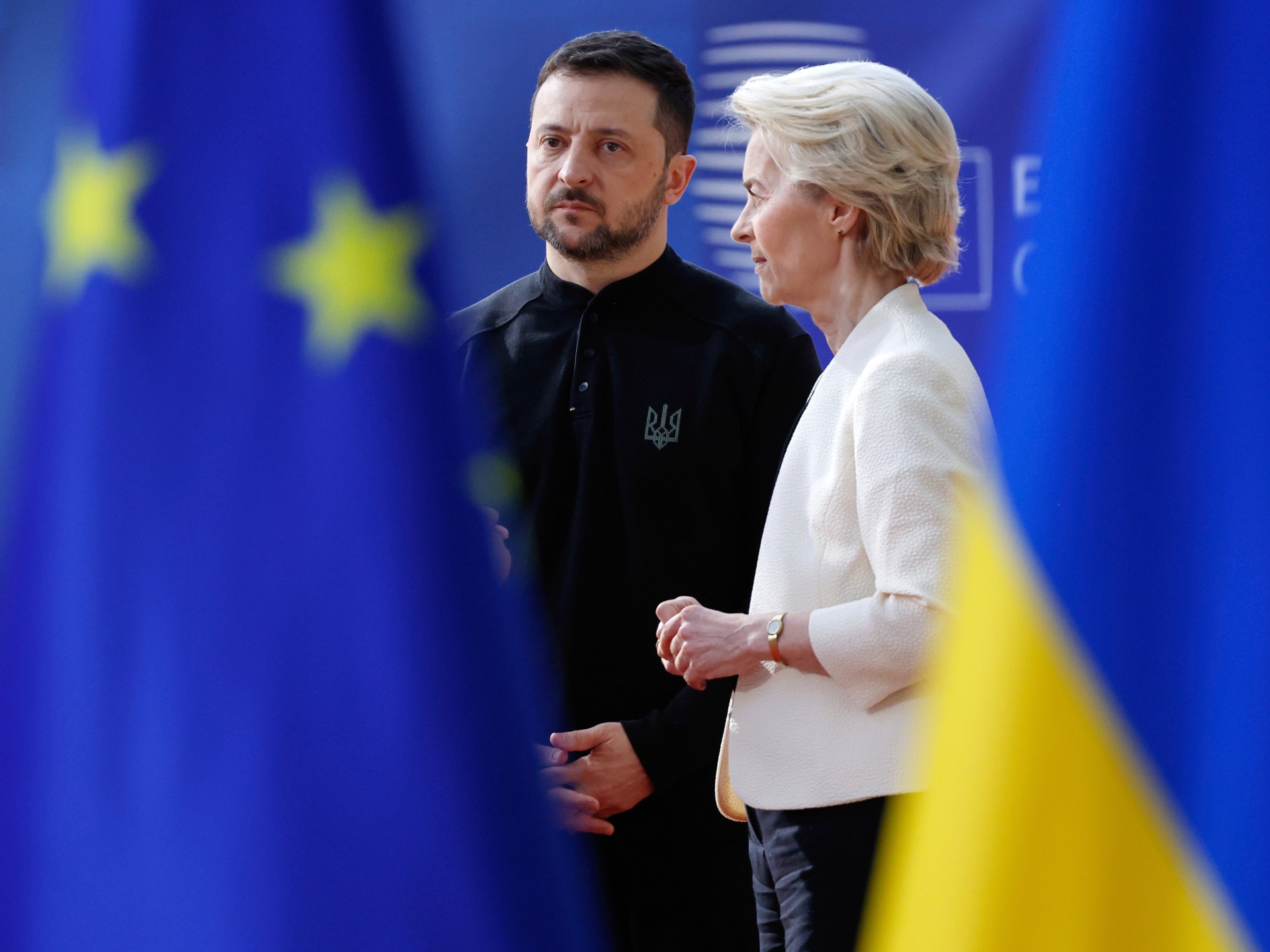Breaking down a deadly week in Gaza as Israel kills hundreds | Israel-Palestine conflict News
More than 19 months into its war on Gaza, Israel shows few signs that it is relenting. The last week has shown the opposite, an intensification of violence across the besieged Palestinian territory, leaving hundreds dead, and hundreds of thousands terrified of what comes next.
This was a week where United States President Donald Trump toured the Middle East, visiting Saudi Arabia, Qatar and the United Arab Emirates. There had been hope that some kind of ceasefire deal would be announced, or that the US would put more pressure on Israel to seriously come to the negotiating table. That was particularly the case after Hamas released a US-Israeli captive on Monday without demanding anything in exchange.
Ultimately, none of that happened, with Trump returning to his idea of US involvement in the future administration of whatever is left of Gaza, while acknowledging that Palestinians there were starving.
Israel also intercepted a number of missiles fired by Yemen’s Houthi rebels, before attacking Yemen itself on Friday.
Lets take a closer look at a week that has devastated Gaza, and left Palestinians there feeling even more abandoned.
How many Palestinians were killed in Gaza this week?
According to figures compiled by Al Jazeera, at least 370 Palestinians have been killed in Israeli attacks since Sunday. The violence has been particularly deadly in the second half of the week, with medical sources reporting the killing of at least 100 Palestinians on Friday, and 143 on Thursday. Many of those killed have been women and children.
These are some of the worst single-day death tolls since the beginning of the war in October 2023.
The killings put the total death toll reported by the Gaza Ministry of Health more than 53,000, although the territory’s Government Media Office’s death toll now sits at more than 61,700, as it includes thousands of Palestinians still under the rubble who are presumed dead.
Israeli attacks have targeted the whole Gaza Strip, with a particular focus on the north. Hospitals have also repeatedly been bombed by Israel.
What is being done to alleviate the hunger crisis in Gaza?
The humanitarian crisis in Gaza has been caused by Israel’s complete blockade of the entry of all food and medication to the Strip since March 2, a decision it made when the ceasefire was still ongoing, and one that goes against international law.
A report released on Monday by the Integrated Food Security Phase Classification (IPC) initiative said that the Gaza Strip was “still confronted with a critical risk of famine”, with half a million people facing starvation and 93 percent of its more than 2 million population at severe risk.
People are already starving to death – Gaza authorities last week said that 57 people had died as a result of starvation.
Trump acknowledged that “a lot of people are starving” in Gaza and said that the US was “going to get that taken care of”, but provided few details. The US has backed a new body called the Gaza Humanitarian Foundation that it says will start work in Gaza by the end of the month.
But the plan has been rejected by the United Nations and other humanitarian groups, who say that the plan would lead to more displacement for Palestinians in Gaza, as it would only disperse aid in some areas of Gaza, and set a dangerous precedent for the delivery of aid in warzones.
The UN has reiterated that it has the capacity to deliver aid across Gaza, but is being prevented from doing so by Israel. It says it has enough aid ready to deliver to feed all of the Palestinians in Gaza for four months, if Israel allows its trucks in.
What are Palestinians calling for?
Palestinians in Gaza have been recounting the horrors of the past week, desperately calling for the world to act and stop Israel’s bombing.
In northern Gaza’s Jabalia refugee camp, one of the worst hit areas, one civilian had a simple message – “either kill us or let us live.”
“All of [the strikes] were targeting civilians. All the houses are being bombed – everything is gone,” Ahmed Mansour told Al Jazeera. “What is a person supposed to do? They’re all making a joke out of us. I’m heading to the coast now. We’ve been displaced more than 50 times – either kill us or let us live.”
Taher al-Nunu, a senior Hamas official, also called on Friday for the US to put more pressure on Israel to open the crossings into Gaza and “allow the immediate entry of humanitarian aid – food, medicine and fuel – to the hospitals in the Gaza Strip”.
What does Israel want?
The Israeli government has made it clear that it is unwilling to agree to a deal that would end the war in return for the release of all the Israeli captives still held in Gaza, despite widespread domestic support for such a deal.
Instead, Israeli Prime Minister Benjamin Netanyahu speaks of total victory against Hamas, although it is difficult to see what that would entail.
Instead, the war drags on, and Netanyahu said on Monday that preparations were continuing for “an intensification of the fighting”. Last week, he said that Israel was planning for the “total conquest” of Gaza.
Trump left the Middle East this week with no ceasefire deal agreed, only saying, “We’re going to find out pretty soon” when asked whether a deal was in place for the return of Israel’s captives.
Meanwhile, the Israeli newspaper Ha’aretz reported that Israel’s position was “rigid” and that the US had “lost interest”. A source told the newspaper that US envoy Steve Witkoff was “no longer involved”.
“He’s waiting to hear what we want, and since we don’t want anything, he has nothing left to do,” the source said.
